Wilderness Camping Electrical Safety Guide
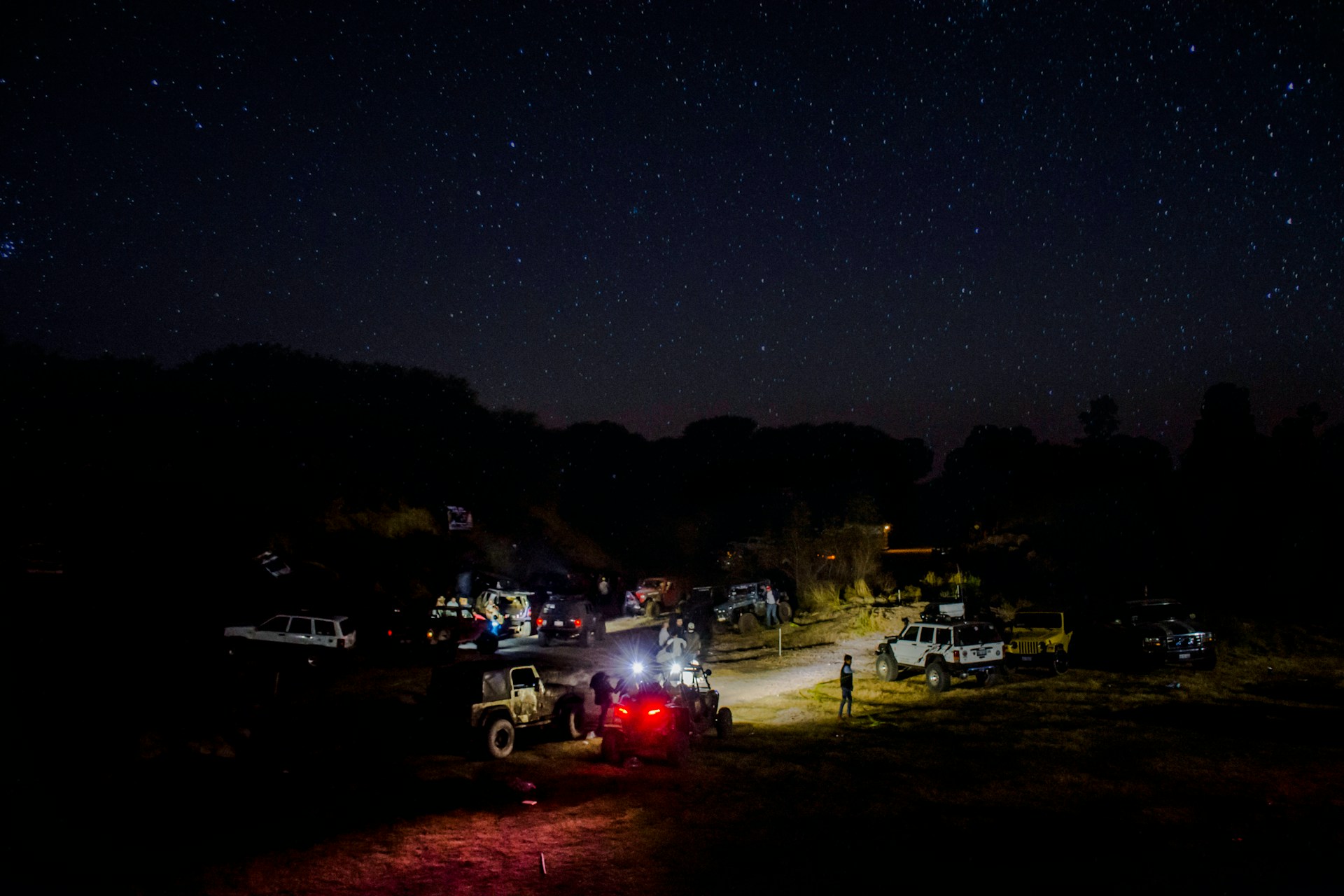
Planning a wilderness camping trip? Electrical safety is crucial in remote areas. Faulty gear or improper setups can pose serious risks, from shocks to fires, in unpredictable outdoor conditions.
You need practical tips to prevent hazards. Ensure equipment is weatherproof and learn safe power management for off-grid adventures.
For urgent electrical issues, even in remote spots, you can hire in a hurry. Stay prepared with our guide to protect yourself and enjoy nature safely.
Preparing for Electrical Safety
Before heading out to the wilderness, let's ensure electrical safety is a priority. Planning ahead can prevent mishaps and keep your camping trip enjoyable.
● Pack a Fire Extinguisher: Always include an ABC fire extinguisher in your gear to handle fires from wood, grass, or electrical sources.
● Check Extension Cords: Make sure your cords are heavy-duty, three-pronged, and have a built-in GFCI for added protection against shocks.
● Inspect Gear Beforehand: Test all electrical devices at home to avoid surprises in the wild where help is far away.
Getting ready with the right tools sets the tone for a safe adventure. A little prep now means peace of mind later in the wilderness.
Essential Gear for Emergencies
Having the right gear can make all the difference in an emergency. Let's talk about what to pack for electrical safety while camping.
● Carbon Monoxide Detectors: Essential for RVs or tents, these alert you to dangerous fumes from heaters or generators.
● Surge Protectors: Protect your devices from power spikes, especially when using campground hookups with unpredictable voltage.
● First Aid Kit: Include items for minor shocks or burns, as electrical mishaps can happen unexpectedly outdoors.
Equipping yourself with these essentials ensures you're ready for the unexpected. Stay prepared, and your wilderness trip will be worry-free.
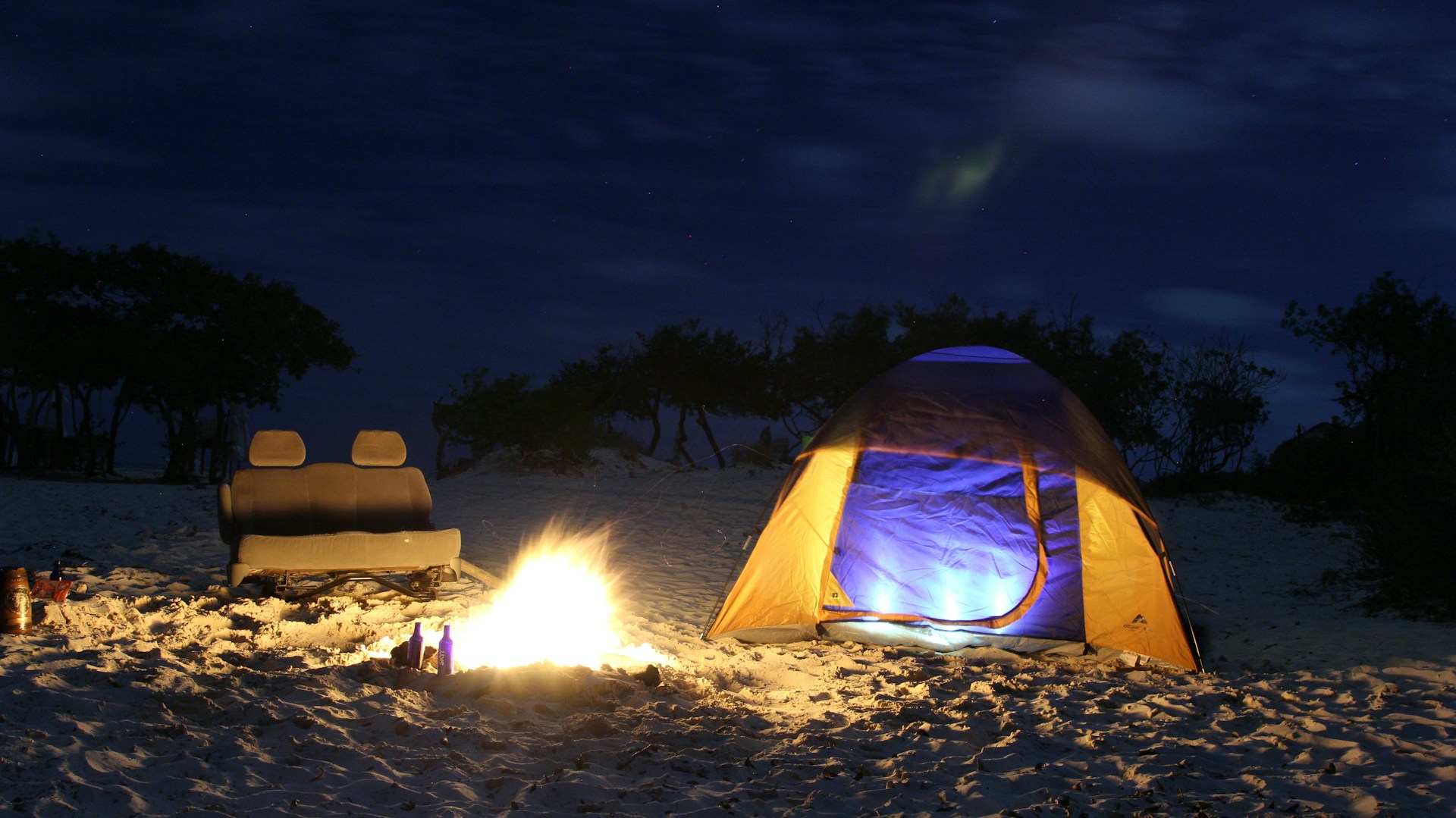
Selecting a Safe Campsite
Choosing the right campsite is crucial for electrical safety. Look for spots that minimize risks and keep your setup secure from hazards.
Distance from Water
Always set up camp away from streams or lakes. Water and electricity don't mix, and wet ground increases the risk of shocks.
Avoid Overhead Lines
Check for power lines above your site. Even in remote areas, unseen wires can pose a deadly threat if contacted.
Flat and Stable Ground
Opt for level terrain to prevent equipment from tipping. Uneven ground can lead to damaged cords or unstable generator setups.
Proximity to Neighbors
Consider spacing from other campers. Keeping distance ensures generator fumes or cords don't affect others, promoting mutual safety.
Inspecting Electrical Hookups
When you arrive at a campground, inspecting electrical hookups is a must. A quick check can prevent serious issues down the line.
Look for Visible Damage
Examine the hookup for frayed wires or cracks. Damaged outlets can cause shorts or shocks, so report issues to campground staff immediately.
Check for GFCI Protection
Ensure the hookup has a ground-fault circuit interrupter. This safety feature cuts power during faults, protecting you from electrical hazards.
Test with a Surge Protector
Plug in a surge protector first to gauge stability. It's a simple step to confirm the hookup won't harm your devices.
Secure Connections
Make sure all plugs fit snugly. Loose connections can overheat or spark, creating fire risks in a dry wilderness setting.
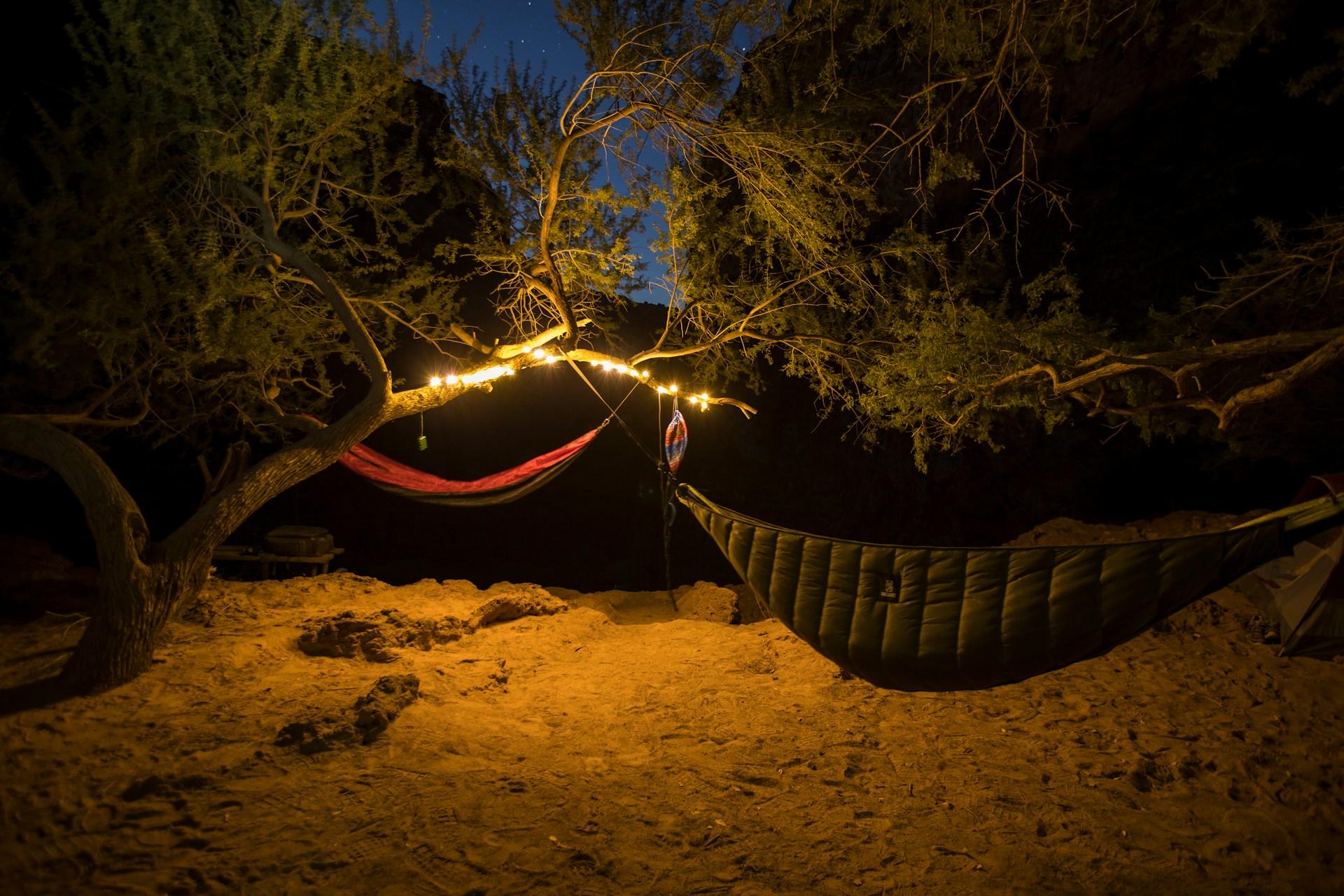
Using Surge Protection Devices
Surge protectors are your best friend when camping with electricity. They shield your gear from unexpected power spikes at remote sites.
● Choose RV-Specific Protectors: For RVs, use a 30- or 50-amp surge protector to match your hookup and safeguard appliances.
● Portable Options for Tents: Lightweight protectors work great for smaller setups, ensuring your phone or lantern stays safe.
● Check Ratings: Ensure the device can handle your load. Overloading a protector defeats its purpose and risks damage.
Investing in a quality surge protector is a small step with big benefits. Check out more tips on outdoor surge protectors here.
Managing Battery Charging Safely
Keeping your devices charged in the wilderness requires caution. Mishandling batteries can lead to fires or damage, so stay vigilant.Use Designated Chargers
Stick to manufacturer-approved chargers for your devices. Generic or damaged cords can overheat, risking both your gear and safety.Avoid Overcharging
Don't leave devices plugged in overnight unattended. Overcharging can degrade batteries or, worse, cause them to catch fire unexpectedly.Store Batteries Properly
Keep spare batteries in a cool, dry case. Loose batteries can short-circuit if they touch metal, sparking dangerous situations.Utilize Solar Options
Consider solar chargers for eco-friendly power. Set them in sunny spots, but avoid direct device charging to prevent overheating risks.
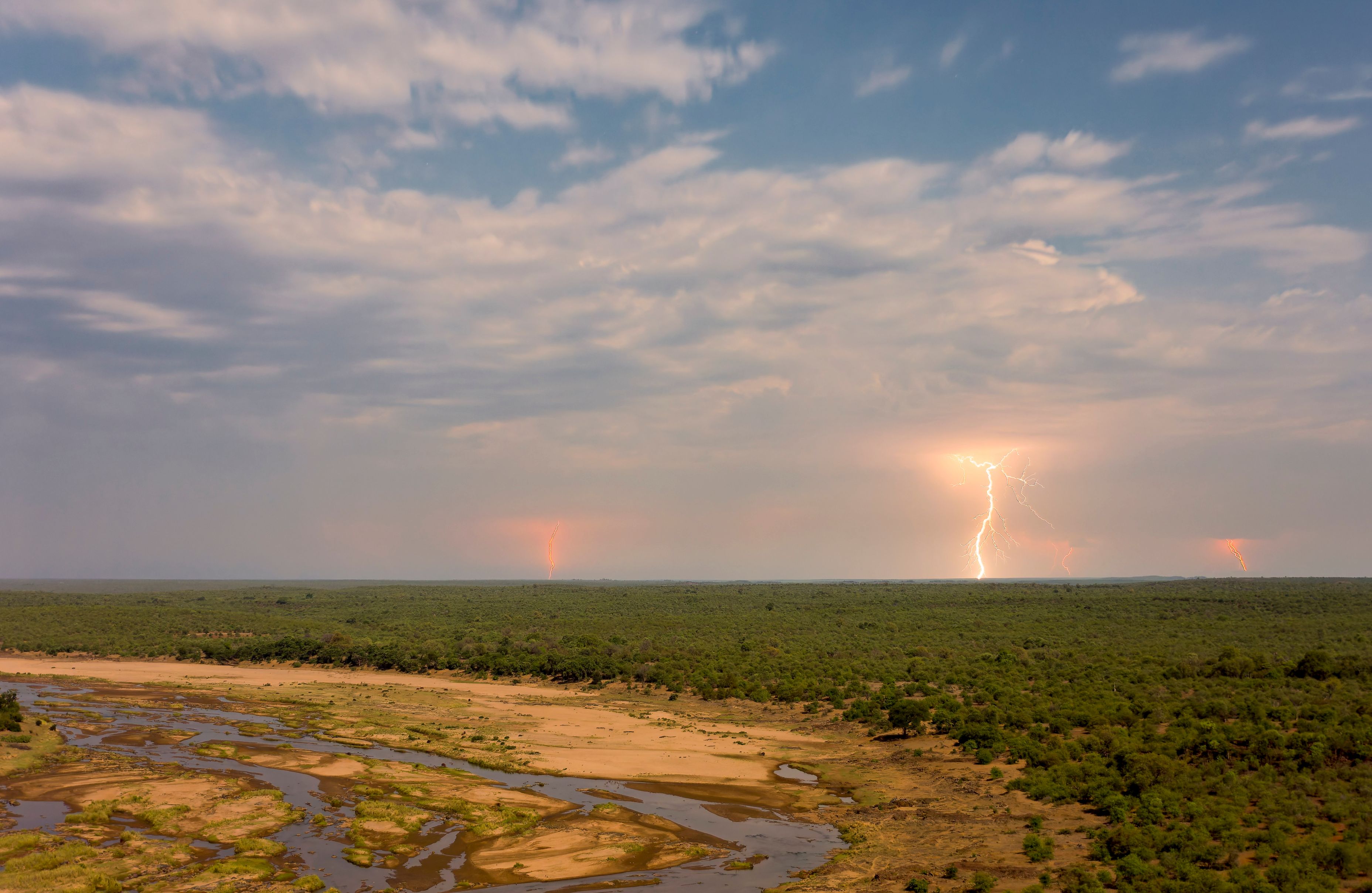
Handling Severe Weather Risks
Severe weather can turn a camping trip dangerous fast. Being prepared for storms means protecting yourself and your electrical setup.Unplug During Storms
If thunder rolls in, disconnect all electrical devices. Lightning can travel through cords, causing shocks or damaging your equipment instantly.Secure Equipment
Store electronics in waterproof bags or containers. Wet gear is a hazard, and rain can sneak into unprotected setups easily.Monitor Weather Alerts
Keep a weather radio or app handy for updates. Knowing a storm's approach gives you time to act before conditions worsen.Seek Shelter Early
Don't wait for rain to find cover. Head to a safe spot at the first sign of bad weather to avoid electrical risks.
Protecting Kids from Hazards
Camping with kids means extra caution around electricity. Their curiosity can lead to danger, so let's keep them safe together.
● Teach Basic Rules: Explain that cords and outlets are off-limits. Simple lessons can prevent accidental shocks or injuries.
● Cover Unused Outlets: Use safety caps on hookups. These block little hands from exploring where they shouldn't.
● Supervise Near Equipment: Keep children away from generators or charging stations. Constant supervision minimizes risks during playtime.
Creating a safe environment for kids lets everyone relax. Stay watchful, and your family camping trip will be full of happy memories.
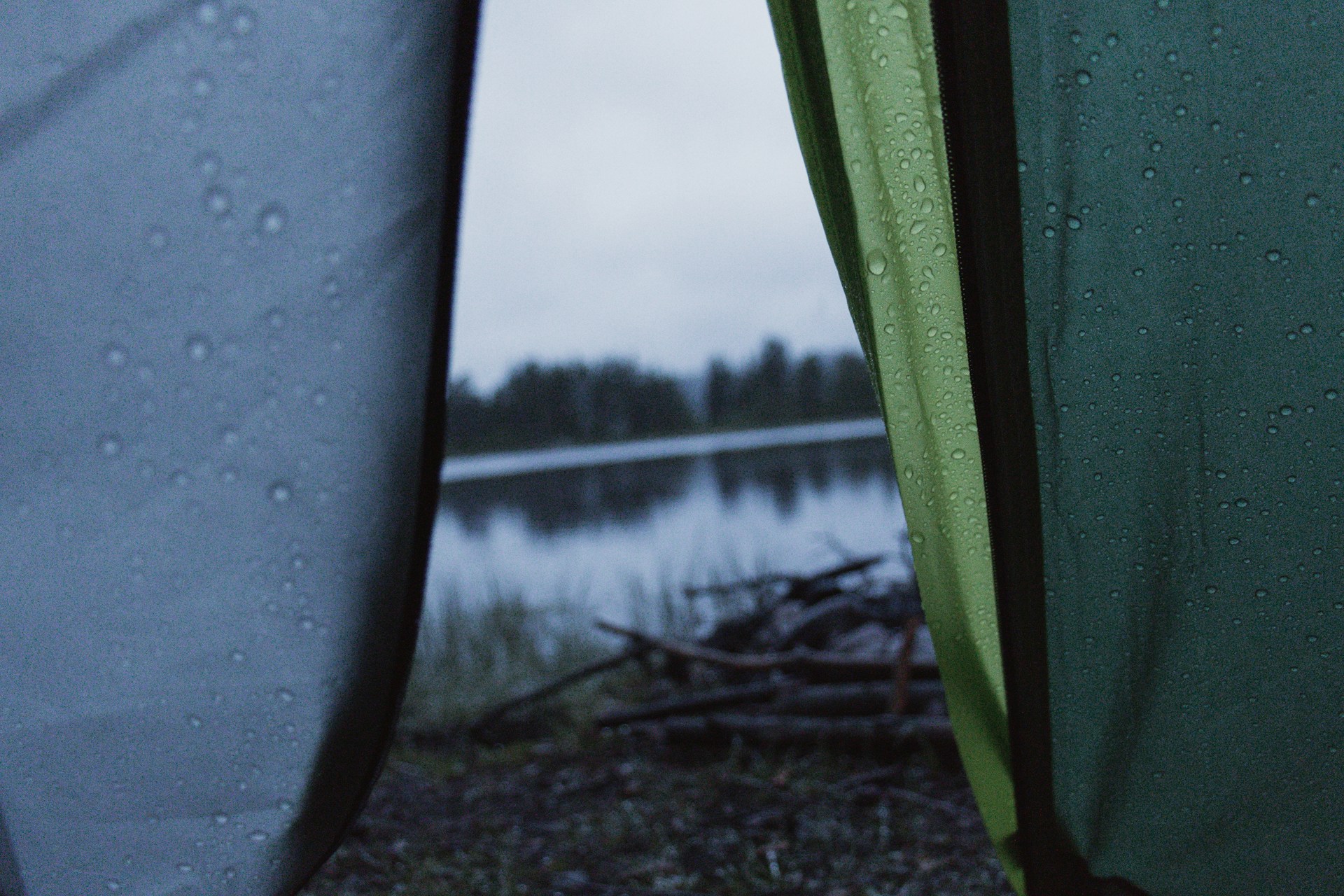
Safe Practices During Rain
Rain can complicate electrical safety while camping. Staying dry and cautious ensures you avoid shocks or equipment damage in wet conditions.
Elevate Electrical Gear
Keep cords and devices off the ground using tables or hooks. Puddles can conduct electricity, making wet surfaces a serious threat.
Use Waterproof Covers
Invest in rainproof covers for hookups and generators. These protect against moisture, reducing the chance of shorts or malfunctions.
Avoid Usage in Wet Conditions
Refrain from plugging in or using devices during rain. Even small amounts of water can create hazardous electrical situations quickly.
Check for Leaks
Inspect tents and shelters for water ingress near electrical setups. A dry interior is key to preventing accidental contact with power.
Choosing Portable Power Systems
Portable power systems bring convenience to off-grid camping. Selecting the right one keeps you powered up without compromising safety.
Opt for CO Shutoff Generators
Pick generators with automatic carbon monoxide shutoff features. This prevents poisoning risks, especially in enclosed or nearby camping areas.
Consider Solar Panels
Solar options are lightweight and eco-friendly for charging. They're ideal for sunny days, though output depends on weather conditions.
Check Capacity Needs
Match the system's wattage to your devices. Overloading a power station can cause overheating or failure in remote locations.
Read Safety Reviews
Research user feedback on safety features before buying. Reliable systems prevent issues, and expert insights can guide your choice here.
Stay Safe Outdoors
Equip yourself with knowledge and gear to ensure electrical safety while wilderness camping. Prioritize safe setups, inspect equipment, and protect against weather hazards. Keep kids secure and use surge protectors.
Return from Wilderness Camping Electrical Safety Guide to K2K Home Page
Return from Wilderness Camping Electrical Safety Guide to Survival Skills Page
To make a safari rental booking in South Africa, Botswana or Namibia click here
"It's 768 pages of the most amazing information. It consists of, well, everything really. Photography info...area info...hidden roads..special places....what they have seen almost road by road. Where to stay just outside the Park...camp information. It takes quite a lot to impress me but I really feel that this book, which was 7 years in the making, is exceptional." - Janey Coetzee, founder of CAROK (Camps and Roads of Kruger) South Africa
"Having a passion for the region itself and having to know about all dynamics, water holes and ideal roads for a period of 6 years - I wish I had this guide on my first trip already!" - Morkel Erasmus, Secunda, South Africa
"Mario and Jenny take you to places that are not always visited, and their descriptions of the more remote camps will allow you to make an informed decision without wasting time and money" - Bob & Sherry Shepardson, DeBary, Florida, USA
"Your time and money are valuable and the information in this book will help you save both." - Don Stilton, Florida, USA
"I highly recommend the book to anyone visiting Etosha National Park to photograph the animals - or anyone considering an African photography safari in the future." - Anne Darling, Cognac, France
"As a photographer and someone who has visited and taken photographs in the Pilanesberg National Park, I can safely say that with the knowledge gained from this eBook, your experiences and photographs will be much more memorable." - Alastair Stewart, BC, Canada
"This work is so much more than an eBook, because it is also a guide, a tutorial, an inspiration and a must-have for anyone interested in wildlife photography" - Findtripinfo.com, USA
Photo Safaris on a Private Vehicle - just You, the guide & the animals!









New! Comments
Have your say about what you just read! Please leave us a comment in the box below.